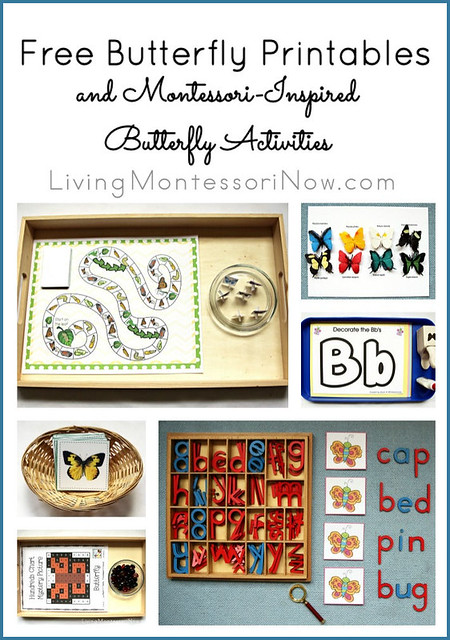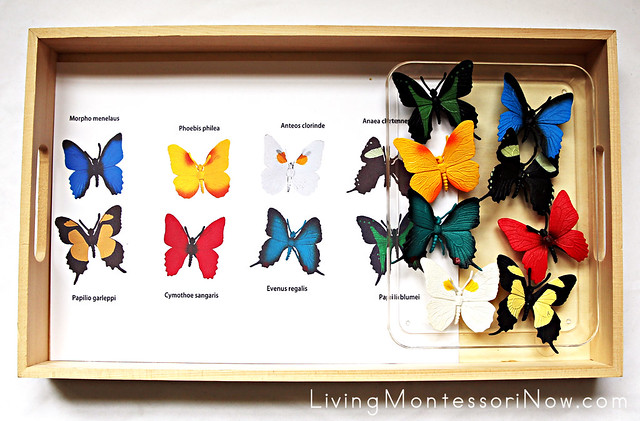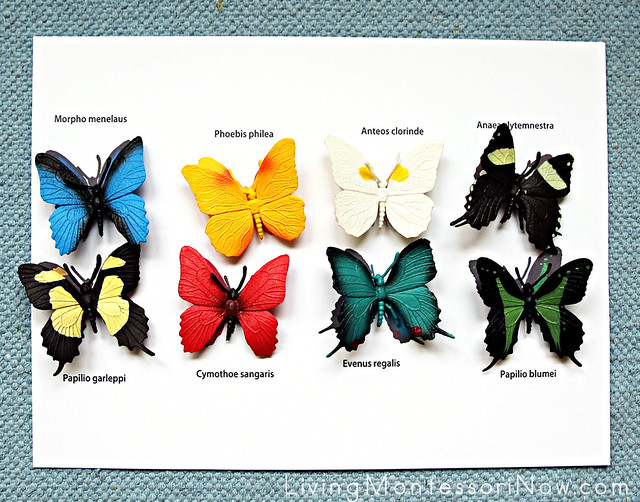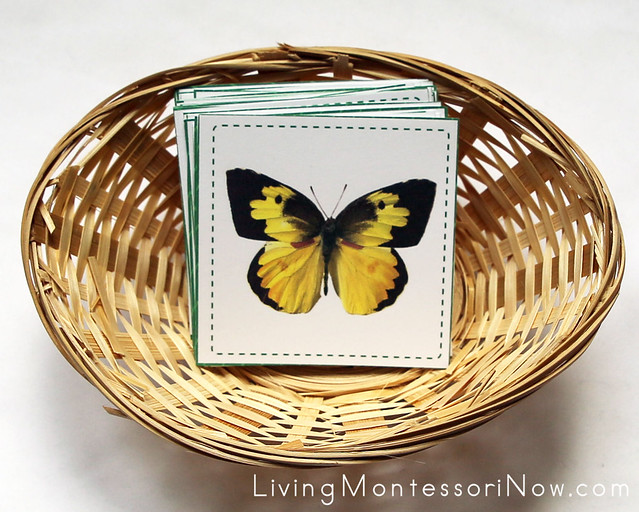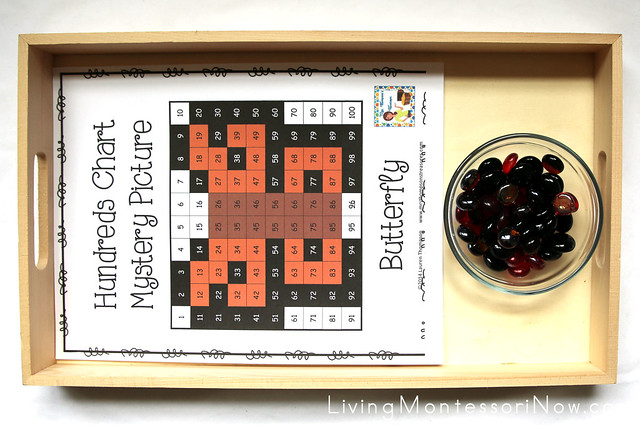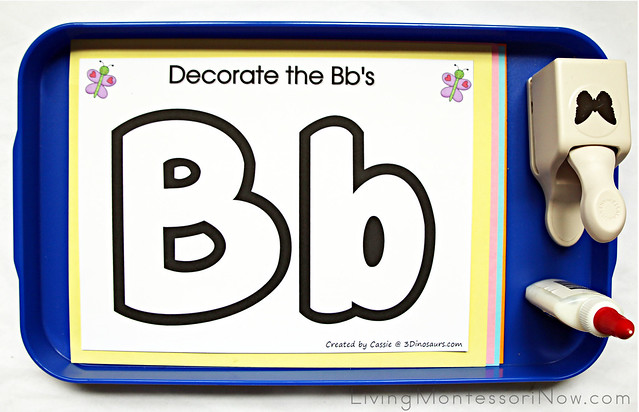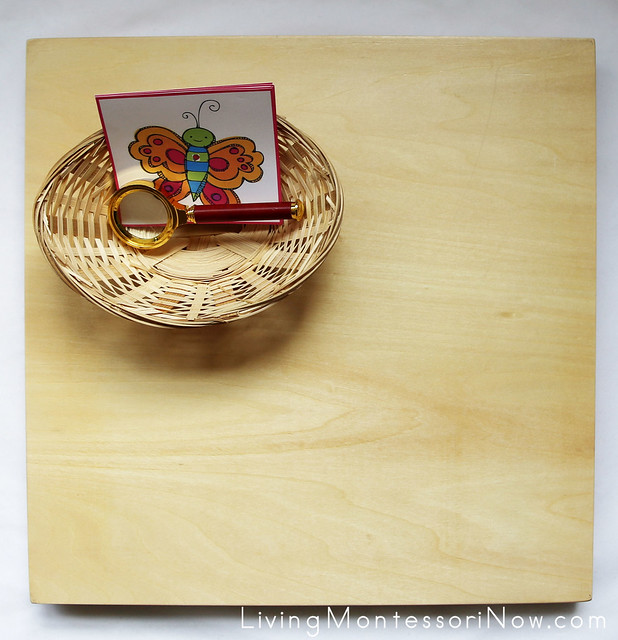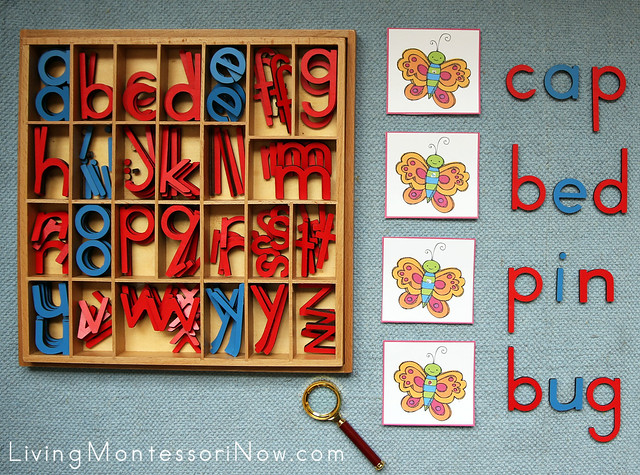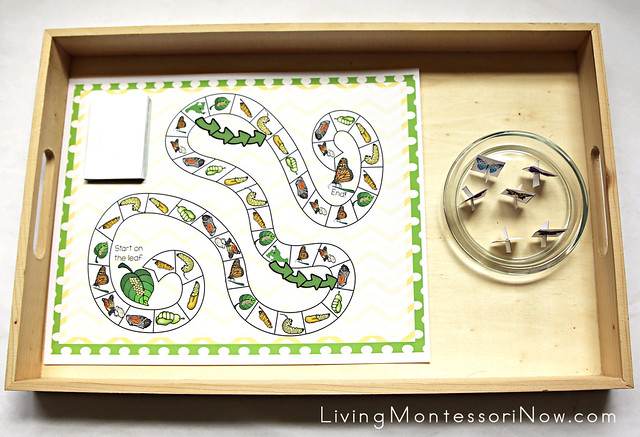Ms. Brigid here, from Merit School of Music in Chicago, IL. This
month’s post offers chants and games to further develop young children’s
understanding of crescendo, as well
as an update on a new recycled prop I introduced in the classroom – yogurt
cups! Find last month’s post on crescendo instrument and book ideas here.
CHANTS – Crescendo Circles
Loud and soft are “comparatives” that children
love to explore. The space between these two
dynamic extremes are what build a crescendo (piano<forte) or a decrescendo (forte
> piano).
For my K+ kiddos, we make “V’s” with our pointer and middle
finger, the turn our hand sideways, palms out, when talking about these dynamic
levels. Please notice that these symbols used in music are the same as “less
than” (<) and “greater than”
(>) in visual math language.
Rain on the Green Grass
My kiddos learn the traditional verse, Rain on the Green Grass, with feet to the beat, then clap the rhythm
with their hands. Oftentimes, the big gathering drum comes out so the children
can play the rhythm or beat (depending on their ages and abilities) while
chanting the poem. When the words
are secure, we’re ready for a crescendo circle. Review piano
and forte. Define crescendo – starting at piano
and getting gradually louder until forte – loud! is achieved. Label it: Crescendo!
Rain on
the green grass,
Rain
on the trees,
Rain
on the housetop
But not
on me!
 Gather all your kiddos into a
tight circle, and mark the beat with your feet (Note: The words in green mark a
medium beat that works well with this activity.). Chant the poem softly
Gather all your kiddos into a
tight circle, and mark the beat with your feet (Note: The words in green mark a
medium beat that works well with this activity.). Chant the poem softly
Take a small step backwards,
making the circle wider. Chant again – a little louder.
Repeat several times, the
circle getting wider upon each repetition and voices getting louder. Do not
shout.
After the final repetition,
throw hands in the air, over your head, and exclaim, “Crescendo!”
NOTE: Crescendo
is pronounced Creh- shen- doh. The “sh” sound of the
2nd syllable can be challenging for my pre-K kiddos, so before
saying the word, I put my finger to my lips and say “shhhh!” I invite
the children to join me. THEN we say “crescendo” - a helpful intervention.
Mrs. Murphy’s Chowder
This is a fun and silly rhyme to share – but
it will only work if the kiddos know what “overalls” are! I ask for ideas
before showing them photos. “Chowder” is another word that may need
explanation. Ask kiddos to echo,
using “rhythm hands” while chanting, for best results. When words are secure,
repeat crescendo circle activity using the instructions for Rain.
Who put the overalls in Mrs. Murphy’s chowder?
Nobody answered, so she spoke a little louder!
These two lines came from a song written over
a century ago by George L. Giefer. I was able to find an “Edison”
recording from 1901(!), sung by Edward M. Favor, for your listening
pleasure.
There Was A Man…
 I’ve also had success with the following
nursery rhyme, which I learned from my friend, Carole Peterson Stephens (Carole writes for this collaborative blog on the 16th of every month). The chant, called “A Windy Day,” is on H.U.M.
- All Year Long!, one of her many fine CDs for the young set. H.U.M. stands for “Highy Usable Music” – and it is!
I’ve also had success with the following
nursery rhyme, which I learned from my friend, Carole Peterson Stephens (Carole writes for this collaborative blog on the 16th of every month). The chant, called “A Windy Day,” is on H.U.M.
- All Year Long!, one of her many fine CDs for the young set. H.U.M. stands for “Highy Usable Music” – and it is!
There was a man in our town
Who went on a walk one day.
The wind it blew so very hard,
It turned him the other way!
Hold hands and walk, feet to the beat, in a circle. On “way,” turn the other
direction. Voices get louder on
each repetition. For K+ kiddos, I write the words and musical shorthand on the
board – in Italian, the language of music).
pp pianissimo
p piano
mp mezzo
piano
Of course, I have been known to slip in a pianissimo and fortissimo when speaking to my younger students. Why not? They are
equal opportunity learners! Why
limit Italian vocabulary only to “pizza,”
“lasagna,’” “venti,” and
“cappuccino?”
Lucy Locket - Crescendo Game
Lucy Locket, sung to the tune of Yankee Doodle, works well as a “duck-duck-goose” game, but is even more
fun as a crescendo game. Sometimes
this group of games go by the name “hot potato.”
NOTE: I use a small organza
bag (that a piece of jewelry came in) for this game, but anything the size of a
small envelope will do – even a colorful baggage tag.
Choose a “hider
“and a “seeker.” Explain the rules of
the game: After the “locket” is
hidden, the seeker tries to find it,
guided by the volume of the childrens’ voices. The louder the singing, the
closer the seeker is to the locket. Emphasize that this is for fun!
Ask the seeker
to stand in the corner, with eyes averted or covered. For older kiddos, the seeker can stand outside the door of the
classroom – something too scary for many of my younger kiddles. The hider places the locket where she/he chooses. The locket must be partially visible, even if it’s only a corner that’s
showing. We’re planning for success, here! I check in with the rest of the students – did they see where
the hider put the “locket?” If they say “yes,” we’re ready for the seeker.
The seeker
leaves the corner (or returns to the room), and guided by the voices of the
children, looks for the locket. The
louder the singing, the closer the object. The singing starts pianissimo
and becomes fortissimo as the seeker
discovers the locket. Choose two more
children by whatever means is best for your classroom and repeat! Often I’ll
let children chose their successors, with a boy choosing a girl or a girl
choosing a boy so that one gender isn’t frozen out. It’s up to you!
BREAKING NEWS: YOGURT CUPS ROCK AS CRESCENDO INSTRUMENTS
This year, small, sterilized 6 ounce Chobani brand containers (thank you, Costco, and college-going daughter with
exquiste taste) came to my 3-5 year old classrooms. Each child received two cups - one for each hand - and were encouraged to find out how many different noises could be made with
them. The cups were slid on the rug, rubbed, clapped together front to front and
back to back, drummed on, and more! Finally we made a long and satisfying class
crescendo combining our favorite methods. I will definitely continue
to experiment with their use. There is great potential for beat and rhythm
exploration, and I’m looking forward to ideas for use from my students!
Thank you for joining me.
Tune in next month for more musical ideas, but in the meantime, if you’re
searching for seasonal songs, please revisit my post from May 2014 – one year
ago! – for Spring!
Songs, Chants & Apps to Welcome the Season. There’s lots of happy,
seasonal treasures with signing! Happy singing and happy Spring!!
 |
| Chicago Botanic Garden.
©2015 Brigid Finucane |
Call Me For Your Professional Development!
I’d love to help your school or community blossom
musically! My specialty is music
and literacy teacher training (with a dose of technology), singing games and
dances from around the world, and more! If you’re local (Chicago), I’m Gateways
registered and IAC approved – at least for the next three years! See my contact
info below. Please look for my
workshops through Illinois Children’s Home and Aid.
For Those in the Chicago Area
…Call on Merit School of Music! Our onsite school
is in the West Loop. We work in the schools throughout the area providing band,
orchestra, percussion, choir, early childhood, and general music instruction
with project based units including Recorder, Music and Storytelling and
Songwriting. We do great work! YoYo Ma is a supporter!
Chicago Families
 |
| Chicago Botanic Garden. ©2015 Brigid Finucane |
Please come to Merit’s Storytime sessions – the 2nd
and 4th Mondays of the month. It’s free, fun, and facilitated by
singers and storytellers Amy Lowe, Irica Baurer & me. Stories and songs
start at 11am, and we end with instrument exploration and family networking. Breaking news: Storytime will continue
through the summer months, so come on down!
My posts are historically archived
below. Click a link to read about Chinese New Year, Pete Seeger, Music and
Literacy, Listening Locally to Musicians from the Midwest, Great Lakes and
Ontario! Then Pass It On!
I am continually inspired by The Children’s Music Network (CMN) community. an
international group of socially conscious musicians, educators, librarians,
families, songwriters and good people, who “celebrate the positive power of
music in the lives of children by sharing songs, exchanging ideas, and creating
community.” Please visit CMN, and find a gathering in your region.
©2015 Brigid Finucane *
847-213-0713 * gardengoddess1@comcast.net
http://prekandksharing.blogspot.com
http://brigidfinucane.blogspot.com
@booksinger1
 |
| Chicago Botanic Garden. ©2015 Brigid Finucane |
BLOG HISTORY





















